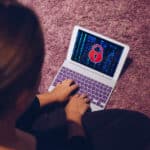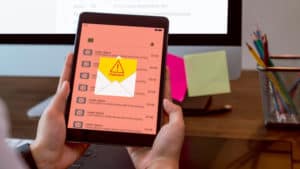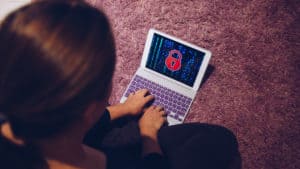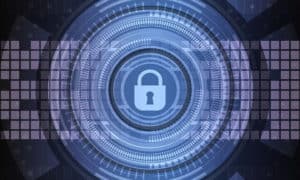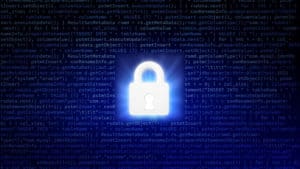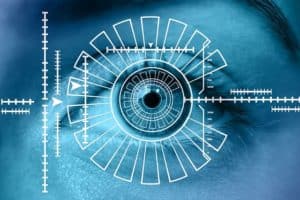On Pinnguaq’s Radio Hour
The Web Use and Online Safety podcasts series explore how to stay safe while on the Internet including best practices and where to find answers to some of your online safety questions.
Listeners will learn how to protect their personal information while online, source reliable information for their ongoing protection and how to do a safety check-up on their devices and computer. Each episode includes brief safety tips that examine a few common security issues such as phishing, ransomware and malware attacks and the necessary steps needed to help prevent becoming a victim of one. Listeners will also learn how to create a strong password, set-up 2-factor authentication, be able to update and back-up software and begin to explore device encryption.
